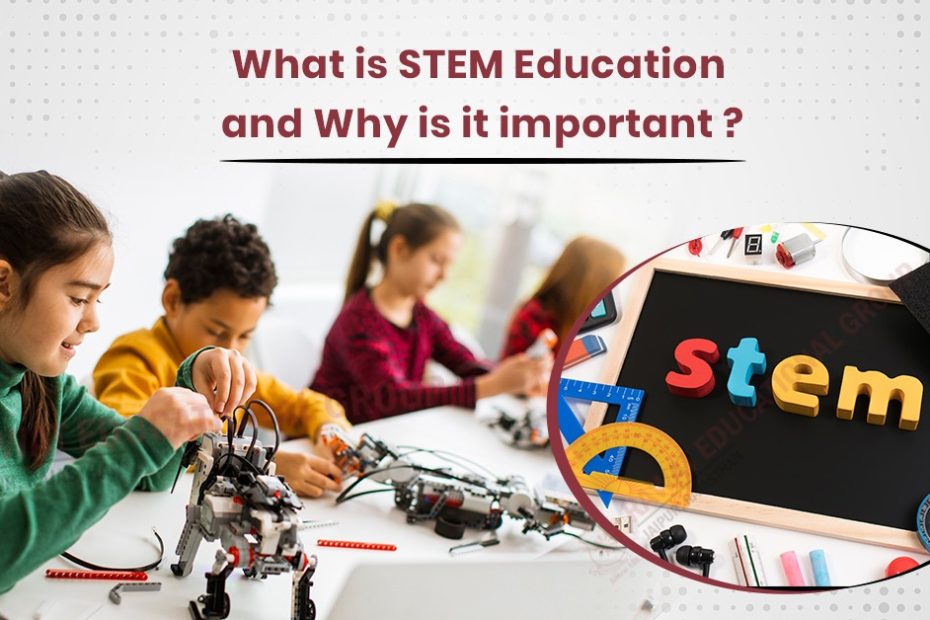When I stand in front of my ninth-grade math class, chalk in hand and equations sprawling across the board, I don’t just see numbers. I see possibilities. Each formula, each problem, each curious question from a student is a gateway to something far bigger—the boundless world of STEM: Science, Technology, Engineering, and Mathematics.
I remember one particular September morning when I asked my students what they wanted to be when they grew up. Their answers came quickly—doctor, engineer, video game designer, environmental activist, architect, scientist. These were not abstract dreams; they were ambitions directly tied to STEM fields. And that’s when I realized something: STEM education is not simply about teaching facts and figures, but about unlocking potential and shaping futures in ways students can’t always see for themselves.
For many of my students, the initial connection to STEM begins with curiosity. I recall a quiet student, Mia, who once told me she “wasn’t good at math.” The moment we applied geometry to designing a sustainable tiny home model, her entire demeanor shifted. Suddenly, math wasn’t a wall blocking her path—it was the blueprint that allowed her imagination to take form. STEM thrives in that space where theory meets real-world application, and the benefits stretch far beyond the classroom.
STEM education nurtures problem-solving at its core. In our math labs, students aren’t just calculating; they’re troubleshooting, hypothesizing, and adapting. These are the same skills they’ll need whether they’re designing a new medical device or figuring out how to manage a household budget efficiently. It’s about learning how to think, not just what to think.
There’s also a profound career advantage. The job market in the U.S. and globally is shifting, with technology and innovation driving growth. Roles in data analysis, renewable energy, artificial intelligence, healthcare technology, and environmental science are multiplying. By immersing themselves in STEM subjects early, students develop the skills that employers value most—analytical thinking, creativity, and technical literacy. It’s not about forcing every student into a lab coat or coding bootcamp, but about giving them a versatile foundation that applies across countless professions.
Another benefit that often gets overlooked is confidence. STEM subjects can seem intimidating, but overcoming those challenges can transform the way a student sees themselves. I’ve watched students who once avoided speaking in class present complex science fair projects with pride, their voices steady and clear. They start to believe not only in their academic abilities but also in their capacity to take on tough challenges in life.
Collaboration is another cornerstone of STEM learning. My students work in teams to design bridges from popsicle sticks, conduct experiments on plant growth, or write code for a simple game. They learn that success often depends on the ability to communicate ideas clearly, listen to others, and work toward a shared goal. These collaborative habits are as essential in boardrooms and hospitals as they are in the classroom.
And perhaps the most beautiful part of STEM education is its universality. It bridges backgrounds, cultures, and experiences. In my classes, I’ve seen students from vastly different walks of life unite over a shared project to build a solar-powered device. That sense of teamwork and shared discovery has a way of dissolving barriers and creating mutual respect.
I think often of one former student, Alex. When I first met him, he was restless in his studies, unsure of his path. But he found his spark in a robotics club project—designing a small robot to navigate a maze. That spark grew into a flame. He went on to major in mechanical engineering, landed an internship at a renewable energy startup, and is now working on designing affordable, portable wind turbines for remote communities. Alex once told me, “It wasn’t just the math or the engineering—it was realizing I could figure things out if I stayed with it.” That’s the essence of STEM education: it teaches you to figure things out, and in doing so, to figure yourself out.
As a teacher, I believe STEM is more than a set of subjects—it’s a mindset, a toolkit, and a pathway to opportunity. Whether my students go on to become scientists, artists, entrepreneurs, or educators, the habits they form in STEM—critical thinking, resilience, creativity, collaboration—will serve them for life. My hope is that they leave my classroom not only knowing how to solve an equation but also believing they can solve the bigger problems the world will inevitably place before them.
Because in the end, STEM isn’t just about preparing students for the future—it’s about empowering them to shape it.
